In this rapidly progressing world, each day brings with it numerous new innovations and advancements in the world of Interior Design. There is no end to the multitude of options available in terms of each element of your home. Be it the wall treatments, the furnishing or the flooring, you can get unique in your own way with new trends every day.

Floating Floor is one such trend which is bound to become a go-to option for many. It is not a type of flooring option, but is actually a mechanism of installation of the floor. Floating Floors come with several contributing factors such as easy installation and fuss-free DIY-ability.
Besides, it is a very economical alternative for those who want their floor installation quick and easy on the pocket.
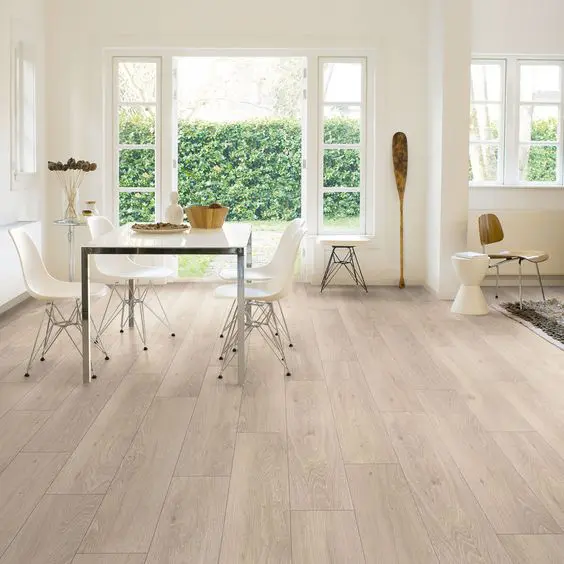
A floating floor refers to the mechanism where instead of gluing individual tiles and planks to the subfloor, they are all attached to each other. The discrete items might consist of planks, tiles or boards and may be either glued or nicked together.
An easier approach to explain the method of floating floor installation is by using the example of a jigsaw puzzle, where each piece connects and adheres to each other but not to the table in general.
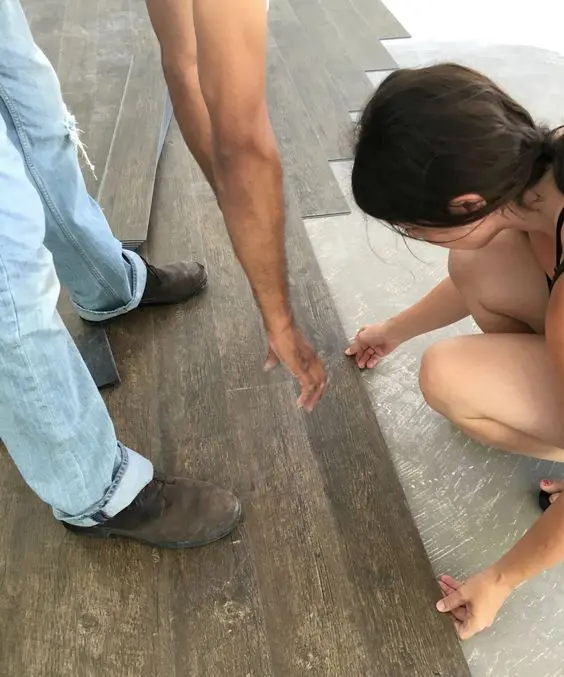
What Keeps The Floating Floor Intact
The sheer weight of the flooring panels or laminates, the friction between adjacent sides and the method of attaching individual elements – be it through gluing or nailing or through tongue and groove or mortise and tenoned joints – are the three factors which contribute towards the staying put of floating floor designs.
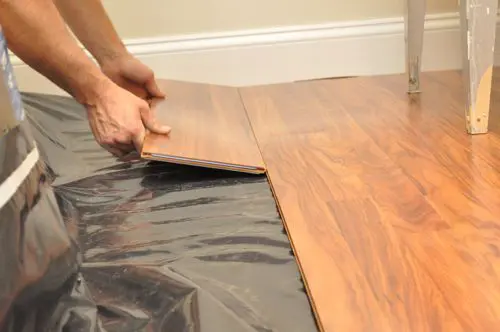
Types Of Floating Floors
Laminate Flooring
Laminate Floors are one of the chief examples of Floating Floor Designs. The laminates are not attached to the subfloor to allow for the expansion and contraction of the laminate depending on temperature and humidity. The laminates are in fact pasted to each other and are mounted on a free base.
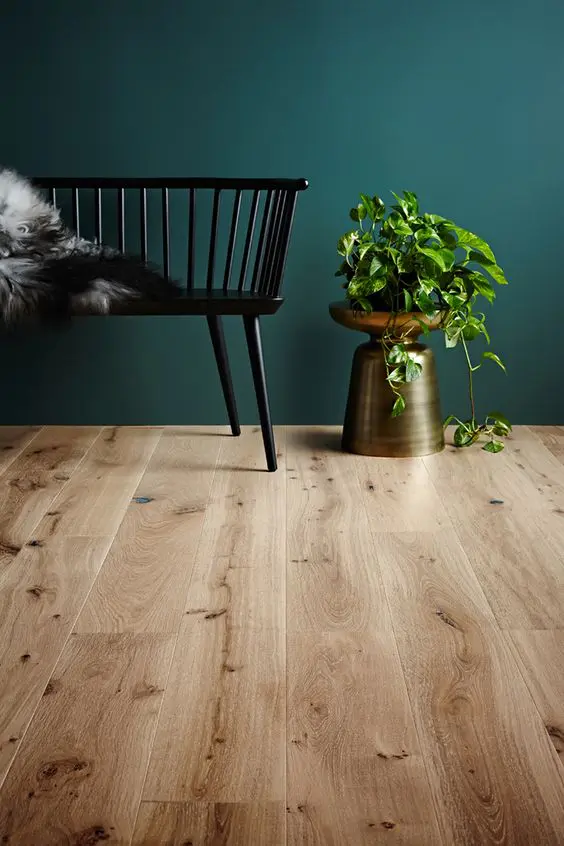
Engineered Wood Flooring
Several newer brands of engineered floors are coming up with the option of being installed as floating floors. Though it is usual for engineered floors to be pinned down to substrates, the floating versions are also trending with time.
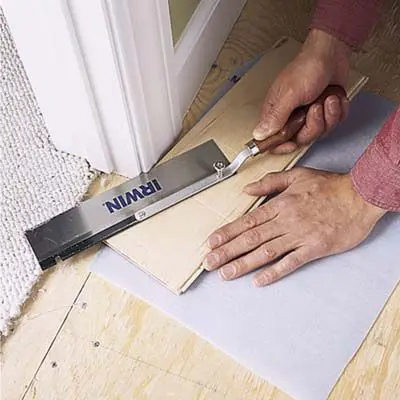
Luxury Vinyl Flooring
LVF can be either pasted to the substrate or can be glued board to board with individual elements. This is made possible through tongue and groove joints to lock adjacent boards together.

Pros and Cons of Floating Floors
Floating Floors provide room for thermal expansion and contraction by providing a gap around the perimeter of flooring. This allows for lateral movement of the floor in response to the room temperature and humidity.
With floating floors, you do not have to worry about mortaring and drying issues. This makes the overall process quite simple, easy and fuss-free. The DIY-ability of floating floors is commendable and so is the low cost.

However, as the individual panels are not attached to the substrate, they need to be thin and lightweight. The quality also needs to be compromised with, at times. There are cases of cracking of floating tile floors because of the absence of the substratum.
Also, there are fixed sizes and limited styles when it comes to floating tiled flooring, which makes it difficult to set innovative thought to the design.
Nevertheless, Floating Floors are a raging trend which is suitable and has been successfully executed in several homes. Why not give it a try very soon?
– Sourav Suman





